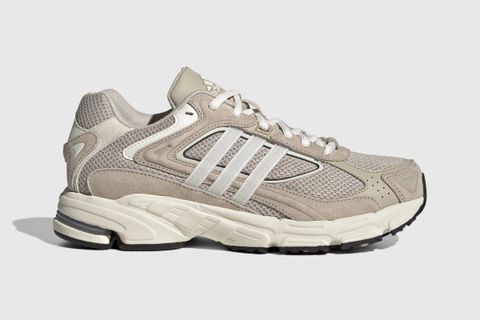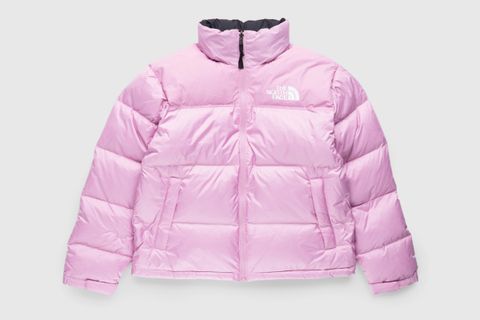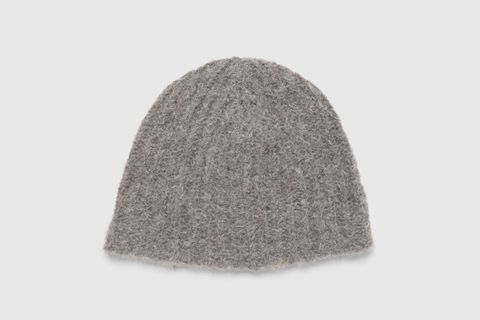News Flash: Fashion Still Run By White Men
On Thursday, two major bits of fashion news hit the press. Firstly, Blumarine appointed a new creative director. Secondly, the British Fashion Council — the UK’s de-facto fashion industry governing body — announced the nominees for its annual Designer of the Year award. In both cases, the creatives receiving these cushy honors reflect a larger industry woe: The people running fashion’s biggest brands all look the same. Still.
Walter Chiapponi, formerly of Tod’s, will succeed Nicola Brognano at Blumarine. Up for the BFC’s prestigious Designer of the Year award are six nominees: Sarah Burton (who recently departed her role as creative director of Alexander McQueen), Daniel Lee (creative director of Burberry), Jonathan Anderson (LOEWE and JW Anderson), Matthieu Blazy (Bottega Veneta) and design duo Miuccia Prada and Raf Simons (Prada). All of these designers are undeniably talented. They’re also all white, and mostly men.
It’s a longstanding pattern that has re-entered the limelight in recent months, thanks to several high-profile industry shakeups. First, Gucci appointed Sabato De Sarno after former creative director Alessandro Michele stepped down. Then Seán McGirr replaced Burton at Alexander McQueen, a move that many took issue with — now, all six of the conglomerate’s fashion brands are run by white men. And just two weeks later, Moschino announced that David Renne, another white man, would take the reins from Jeremy Scott.
The homogeneity of fashion’s upper echelons is, in some respects, totally unsurprising. The barriers to entry that often prevent designers of color from succeeding in an industry built on exclusivity are well-documented. Of the top 30 luxury brands in the Vogue Business Index, eight out of 33 creative director roles are currently held by women — and only one, Sandra Choi of Jimmy Choo, is a woman of color. There are two non-white men in creative director roles: Pharrell Williams at Louis Vuitton menswear and Maximilian Davis at Ferragamo. (Balmain, which isn’t a part of Vogue Business’ top 30 index, is run by Olivier Rousteing, a Black man.)
Much has been said about fashion’s diversity problem, which makes it doubly frustrating that brands don’t seem to be doing much about it. In the wake of George Floyd’s murder, the industry appeared to be making moves towards greater inclusion — the likes of LVMH and PVH Corp created new, executive-level DEI roles. But a recent report by Business of Fashion suggests that some of these efforts were implemented in a rush to appear socially responsible and therefore failed to address the root of the problem.
Fashion’s monolithic merry-go-round is, as always, a reminder of the many designers of color delivering consistently exciting collections: Grace Wales Bonner, Thebe Magugu, Christopher John Rogers, Martine Rose, Edvin Thompson of Theophilio, Raul Lopez of Luar… the list goes on. All of them make excellent clothes — arguably more interesting than the stuff dropping from top-tier luxury labels. Hopefully, a future in which we might see them heading, say, a Givenchy or a Fendi isn’t too far off.


